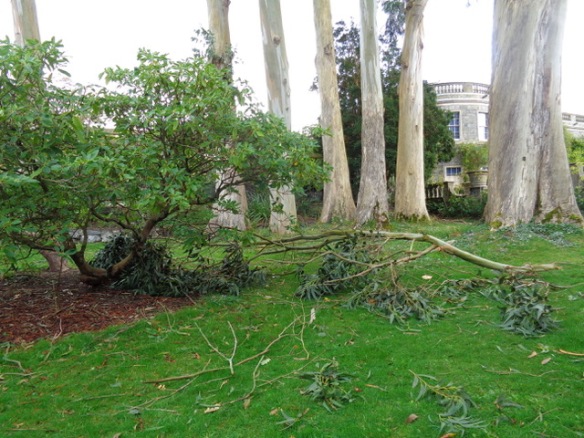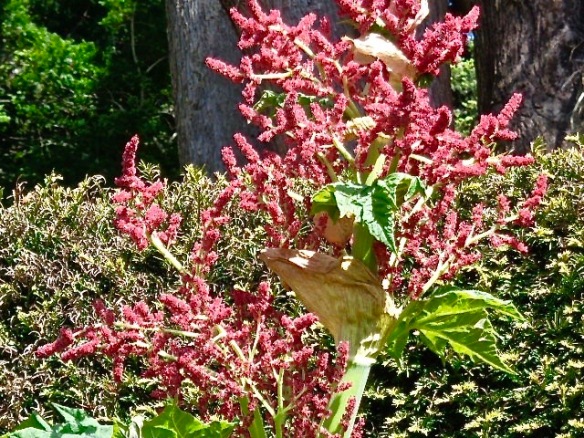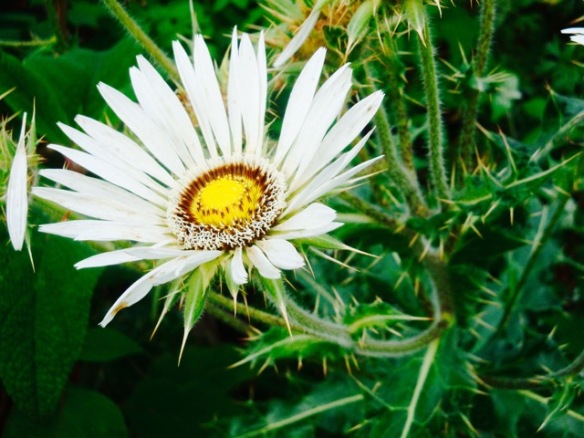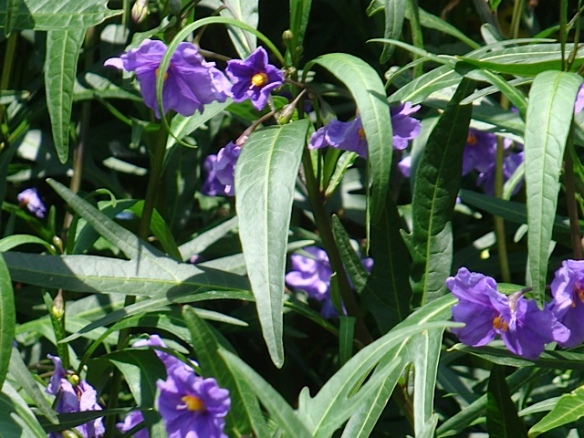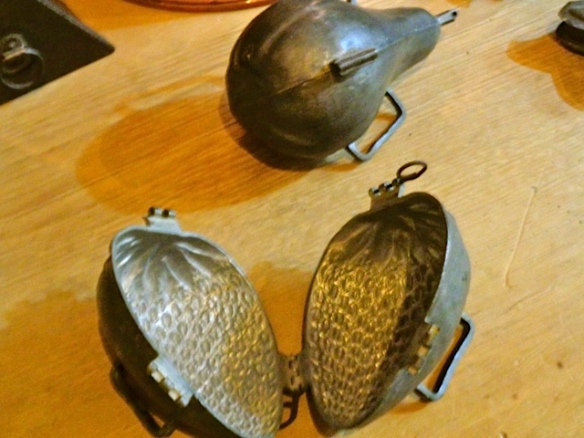Mount Stewart is not just a beautiful stately home with a gorgeous garden, it offers retail therapy too.
First up is our Plant shop. Rachael restocks every Friday and the stalls are full of interesting and unusual plants. My Pride of Madeira, bought last year, has taken over my garden and I am looking forward to spectacular blooms this summer if the frost hasn’t held it back. My daisies, salvias and penstemon are all doing well too. Oh dear, just realised how many I bought last year and the new planting season is about to start, still there’s always room for just one more plant.

Our cosy tea room is famous for its delicious soups and the muffins and scones are huge. It’s hard to choose between the cherry, and the gluten free offerings. This season, in tune with our theme of Women in Power, we are using one of Edith, Lady Londonderry’s recipes for a Rosewater & Hazelnut Torte, especially delicious as it is covered in chocolate, yum. And look, half has gone already and it is only 10.30am.

The National Trust shop has many beautiful and useful things to do with gardening, and much more. You’ll find lovely calendars with photograph of National Trust gardens, colourful picnic rugs and decorative items like our flower themed cushions, not to mention the latest arrival of these cute ceramic birds. We have a special antiques shelf as well. Sweeties, new books, jewellery, greetings cards and postcards are all popular. Kirsty and her staff are always willing to help you pick out something special as a souvenir or a gift. Local craft items are especially appealing and the jam’s not bad either.
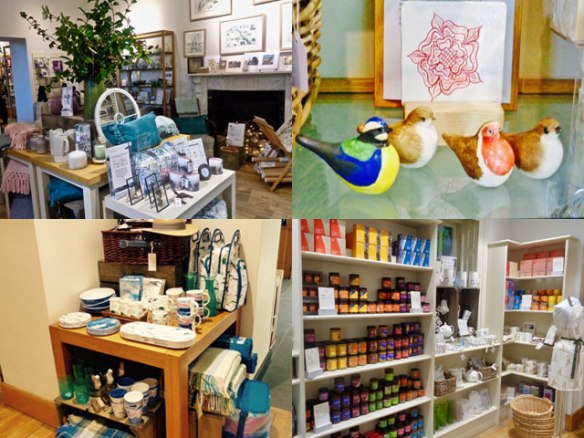
Pre-loved books provide an important source of income for the property and we have shelves bursting with interesting titles. Popular thrillers, biographies, cooking, sci-fi, deck-chair favourites and gardening are all covered. There’s a handy chair for browsing and a special children’s basket. All cheap as chips and what’s more, you can recycle them back to us when you’ve finished.

And last but not least, why not buy membership of the Trust for yourself or as a gift for someone special? Our lovely reception staff will be only too willing to help you find the best offer and talk you through the various levels and prices and benefits of membership. Just think, for less than the price of one cup of coffee per week you get entry for a whole year to all National Trust properties in the UK, magazines and local news-sheets – this has got to be the best value around – why not turn everyday moments into memories that last?

Now, must collect that latest James Patterson, look for something pink to fill a wee empty patch in the border, and check out the torte before it’s all gone …….
Ellen

